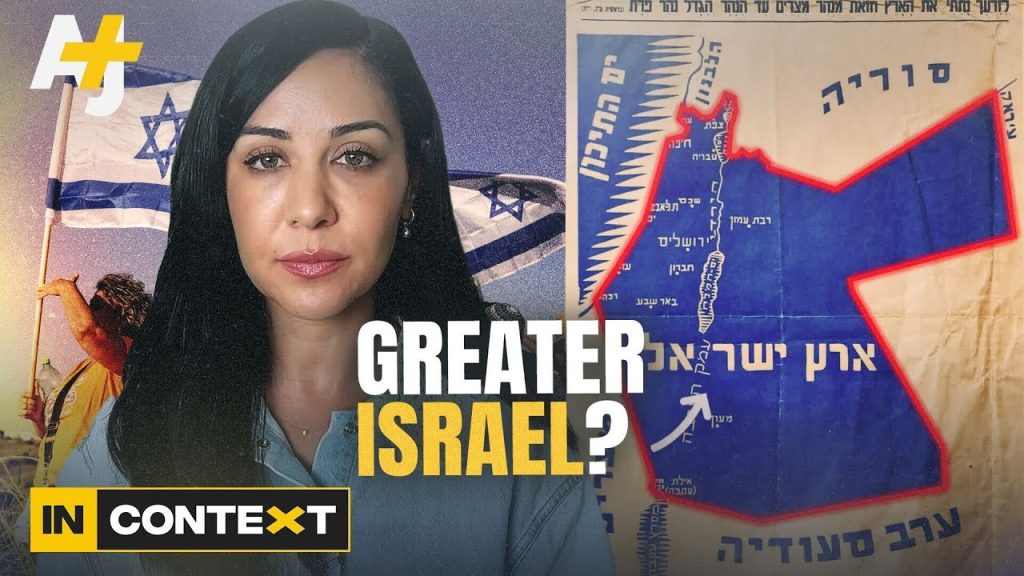The term “Greater Israel” refers to an expansive vision for the State of Israel’s borders that extends far beyond its internationally recognized boundaries. This concept has its roots in early Zionist ideology, where leaders envisioned a Jewish state stretching from the Euphrates River in modern-day Iraq to the Nile River in Egypt.
Unlike most countries that clearly define their territorial borders, Israel notably has never established official, universally recognized boundaries for all parts of its territory. While its borders with Egypt and Jordan were first established as armistice lines following the 1948 Arab-Israeli War and later formalized through peace treaties in 1979 and 1994, other borders—specifically with Lebanon, Syria, Gaza, and the West Bank—remain undefined and disputed.
This lack of clear demarcation within and around Israeli territory is not coincidental. It reflects an ongoing strategy that allows Israel flexibility for territorial expansion. The ambiguity fosters a “borderless project,” aligning with Zionist aspirations for a more extensive state not limited by current realities.
The foundation of these ideas dates back over a century. Theodor Herzl, often regarded as the father of modern political Zionism, floated the concept of a Jewish homeland with vast territorial reach during the late 19th century. Herzl and other early Zionist figures debated different visions for the state’s future borders. Some aspired to much larger realms than those Israel currently controls, implicating regions well beyond modern political boundaries.
This expansive vision has had profound implications for the Israeli-Palestinian conflict and the broader Middle East. The ongoing uncertainty about borders complicates peace negotiations and contributes to regional tensions. For Palestinians and neighboring countries, the prospect of a “Greater Israel” encapsulates fears of land loss and political subjugation.
The concept of undefined and contested borders also plays into current geopolitical disputes, including Israel’s settlements in the West Bank and questions over sovereignty in East Jerusalem. This multifaceted issue remains one of the most challenging elements of Middle Eastern diplomacy and international relations.
Understanding the historical context and contemporary implications of Greater Israel is essential for anyone seeking to grasp the complexities of the Israeli-Palestinian conflict and the broader regional dynamics. It illustrates how historical ideologies continue to influence modern political realities.
Where to Learn More
- Encyclopedia Britannica – Overview of Israel’s history and territorial developments
- Council on Foreign Relations (CFR) – In-depth analysis on Israel’s borders and regional relations
- Brookings Institution – Historical perspective on Israeli-Arab relations and territorial issues
- Al Jazeera – Current events and detailed reports on the Israeli-Palestinian conflict
- Haaretz – Israeli news source providing local perspectives on border and political issues




